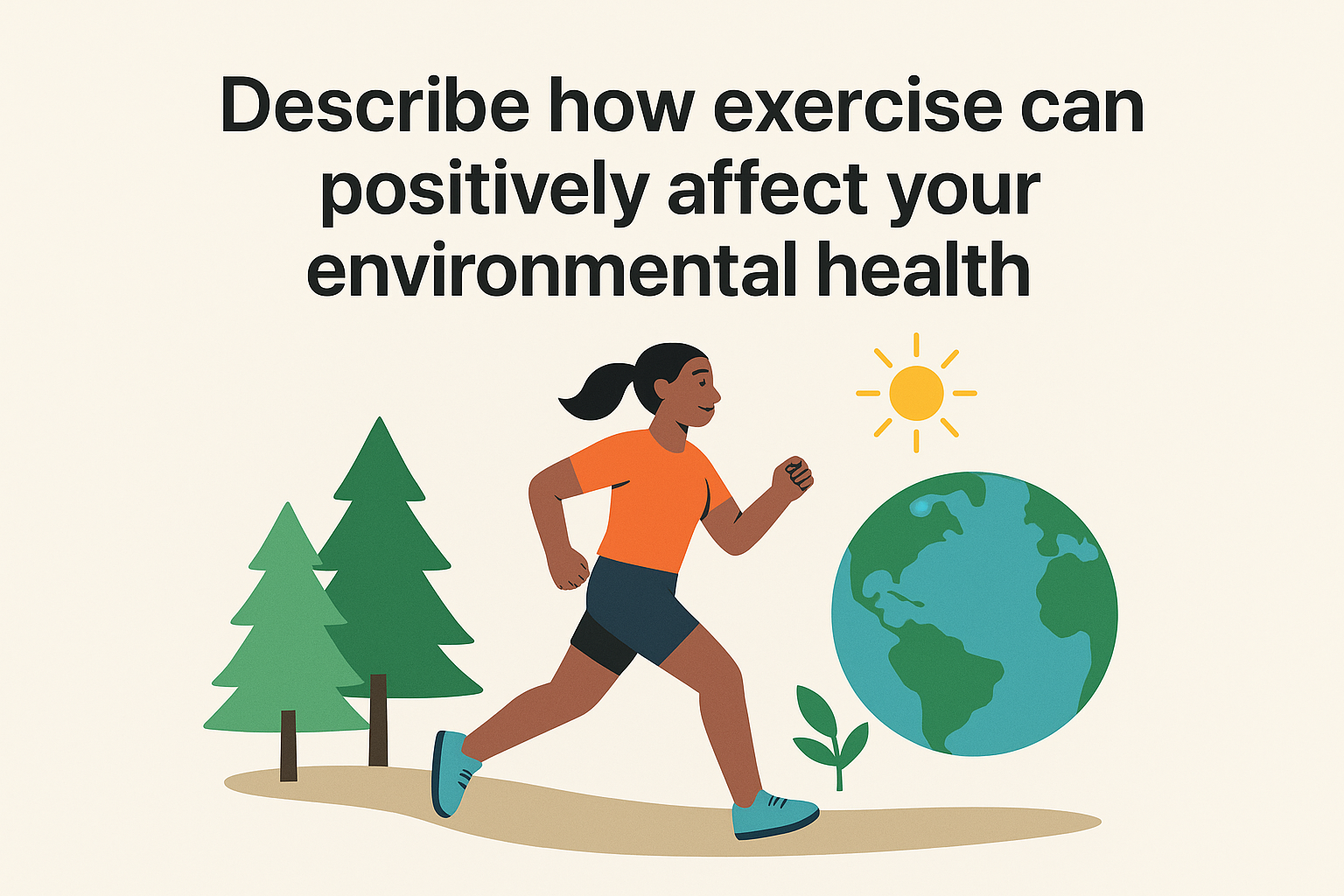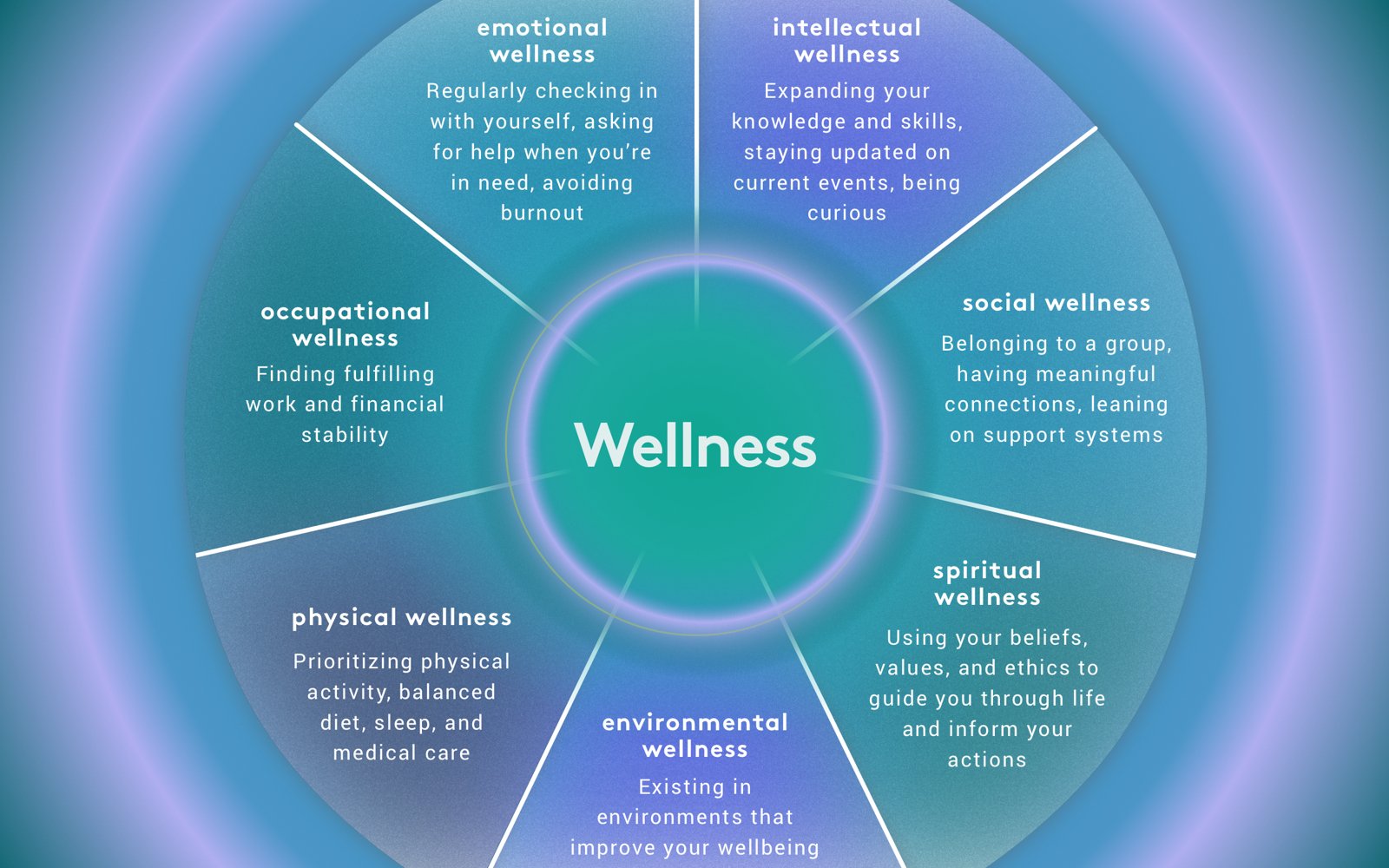
Introduction
When we ponder about the benefits of implementation, we often focus on weight loss, vascular health, and mental wellness. Yet, a less talked-about but equally commanding impact lies in how exercise can serve both you and the planet. From shortening carbon emissions to neglect conservation and inspiring public initiatives, physical activity—expressly in nature—has profound ecological benefits. This article explores the ways in which exercising underwrites positively to conservational health, with practical intuitions and the science backing it.
- Active Mobility: Reduce Carbon Footprints and Curb Pollution
Electing for active conveyance—walking, cycling, or skating—instead of using cars or motor-powered transport can knowingly reduce orangery gas emissions and air pollution. For occurrence, studies show that cyclists have 84% lower lifecycle carbon emissions from daily conveyance than non-cyclists, and transaction just one car trip per day with a bike ride can cut about 0.5 metric tons of CO₂ annually.Wikipedia
Also the environmental impact, active mobility heartens daily physical activity and adopts healthier, more resilient societies.
- Green Exercise: Physical Activity Meets Nature
“Green bodybuilding”—trials in natural environments like parks, forests, or by water—aids together mental and biodegradable health. Appealing in outdoor activities surges self-esteem and improves mood, while dropping stress and mental tiredness. Wikipedia
Normal states elevate exercise by production it feel easier and more enjoyable. Search shows folks walk faster outside at the same perceived exertion, stirring them to move more and holiday energetic. PMC
- Cultivating Environmental Awareness and Stewardship
Steady outdoor bodybuilding often deepens our linking to nature, fostering biodegradable awareness and conservation-minded behavior. Once folks run, hike, or scrambler over accepted trails, they tend to develop appreciativeness—for ecosystems, biodiversity, and the importance of cleanliness and preservation .ponder.ing
This form of indirect conservational education often results in defensible action: backing for parks, joining clean-up efforts, or simply choosing eco-friendly harvests.
- Preserving Green Spaces and Urban Ecosystems
Clusters with active outdoor fanatics often demand and protect green spaces. Greens trails, and recreational areas indorse biodiversity by as long as habitats for flora and wildlife. ponder.ing
The presence of well-maintained green areas newscasters community efforts to conserve flora and sustenance urban biodiversity, which benefits both human and conservation health.
- Energy and Resource Conservation through Outdoor Activity
Bodybuilding that relies on normal surrounds—like trail successively, hiking, or bodyweight workouts—reduces dependency on energy-consuming indoor facilities. Unlike gyms, outdoor runs don’t require lighting, climate control, or extensive gadget.
This switch helps conserve energy and reduce water feasting, lowering gyms’ conservational footprint. ponder.ing
- Reducing Healthcare’s Environmental Burden
Steady corporeal activity reduces the risk of lingering contaminations like diabetes, hypertension, or heart disease. By lowering these health issues, societies can reduce healthcare-related resource use—and the associated environmental costs. ponder.ing
Improved populations require fewer therapeutic resources, declining waste and indorsing environmental sustainability in healthcare systems.
- Plugging: Fitness Meets Environmental Cleanup
Plugging—a Swedish-originated trend uniting jogging with picking up litter—validates a applied way exercise can right benefit conservational quality. Contributors collect trash en route, reducing litter and educating public spaces.
Plugging also boosts cardiovascular and strength fitness and has spread globally, reducing roadside litter by about 54% in the U.S. since 2009.Verywell Health
- Urban Planning: When Exercise Drives Sustainable Infrastructure
An enlarged demand for safe, walkable, and bike-friendly areas impacts city expansion and policy. Walkable areas encourage active breathing, lower reliance on cars, and motivate pedestrian-friendly organization like sidewalks and bike tracks. Wikipedia
Such expansion not only reduces carbon makings but also fosters healthier, more tempting public chairs.
- Scientific Evidence and Environmental Trends
- Green Spaces Improve Air Quality and Health
Gardens and urban forests help reasonable infections, filter air pollutants, and lower rates of breathing and cardiovascular illness. Wikipedia - Outdoors Exercise Cuts Stress and Anxiety
Outdoor workouts reduce anxiety and enhance psychological well-being more than indoor alternatives .Frontiers - Exercise Benefits Outweigh Air Pollution Risks
Even training in polluted settings yields significant health benefits that compensate the risks. In one study, active folks had 17% lower mortality risk than lazy ones—even in areas with poor air superiority. TIME
- SEO Tip: Enhance Credibility with a High-Traffic Link
To strengthen specialist and SEO ranking, contain a link to a high-traffic, sound source. One brilliant choice is Wikipedia’s “Green exercise” page—widely referenced and graded well by Google.Wikipedia
Suggested SEO Anchor:
Learn more about green exercise and its environmental benefits on Wikipedia.
Conclusion
Bodybuilding doesn’t just benefit you—it benefits the world. Choosing active conveyance lessens emissions. Green trials improve physical and mental health while indorsing conservation stewardship. Simple practices like plogging directly unsoiled our surrounds. And as our claim for walkable, bikeable, and green chairs grows, cities evolve to foster both wellness and sustainability.
By highlighting these ecological benefits—and linking to commanding sources like the Wikipedia page on green bodybuilding—you not only update booklovers but also increase your probabilities of position highly on Google.




